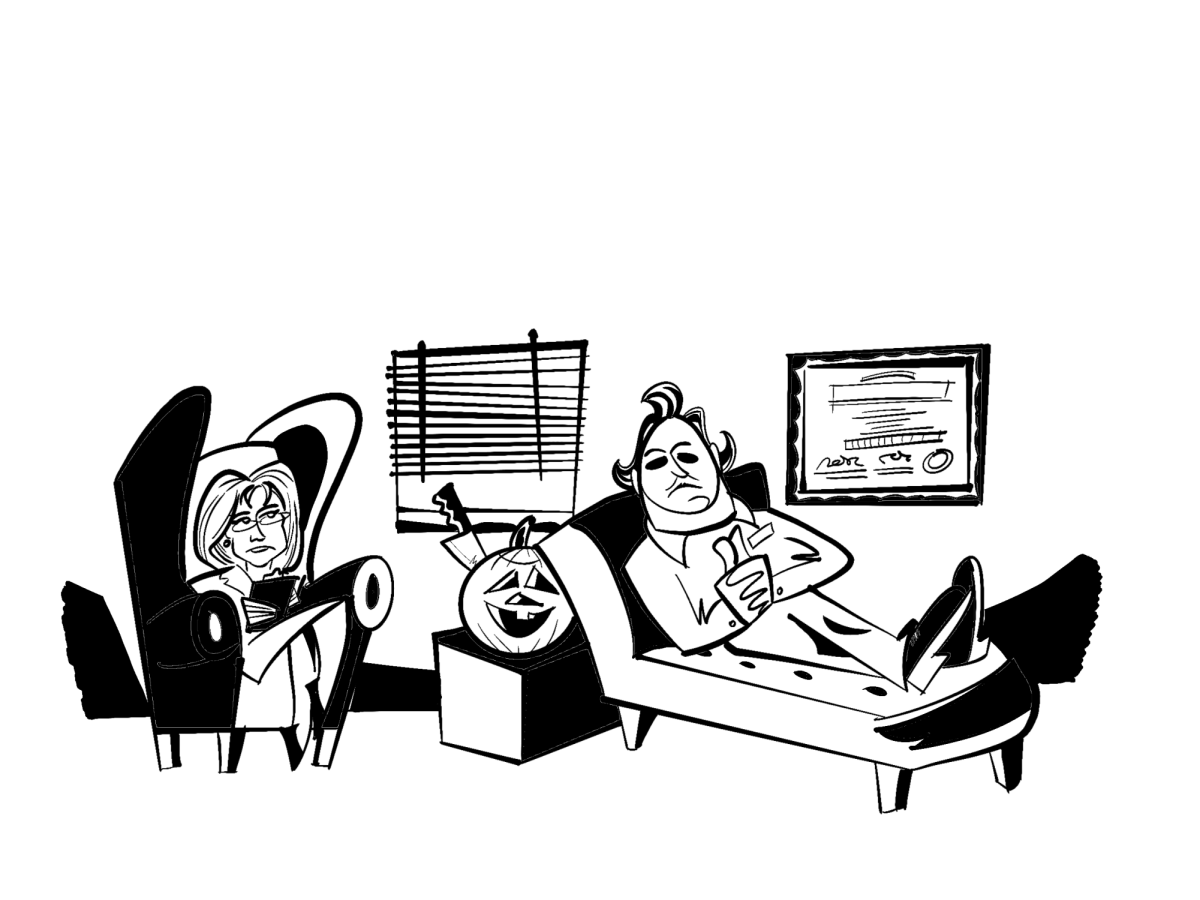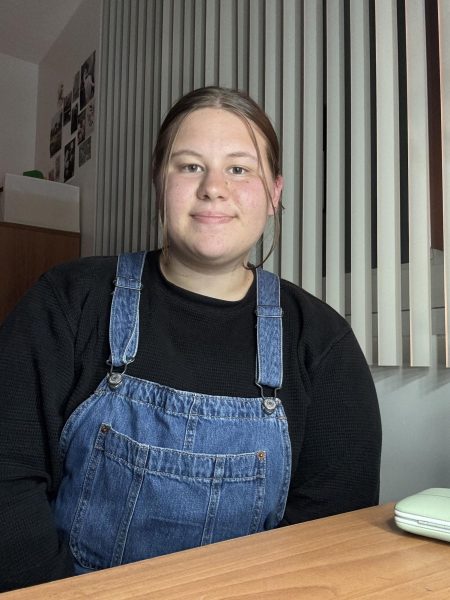One of the most common archetypes in horror movies is the portrayal of a villain or killer as “crazy,” eliciting a consistent representation of mental illness that is both inaccurate and frankly harmful to those affected by these diagnoses. When reflecting on some of the more famous horror movies, the common thread of using mental illness as a scapegoat for grim actions is evident.
The publicized representations of mental illnesses such as schizophrenia, dissociative identity disorder, or DID — formerly known as multiple personality disorder — antisocial personality disorder, or ASPD, and bipolar disorder stigmatizes them in a manner that causes viewers to associate violence and danger with these conditions.
In actuality, the majority of individuals with a diagnosed mental illness are peaceful members of society who inflict no physical harm on others. Instead, mainstream media is constantly depicting them as vicious serial killers.
There are many additional facets as to how mental illness is wrongly represented in horror. Specifically, psychiatric hospitals being painted as terrifying prisons with violent patients; female “madness” being hypersexualized; and the insinuation that mental illness is tantamount to being possessed by the devil.
Beginning with wrongfully depicted representations of DID, movies that perpetuate this inaccuracy are 2016’s “Split,”1960’s “Psycho” and “Dr. Jekyll and Mr. Hyde” from 1931.
In “Split,” the main character has 24 personalities, one of which is a monster version of himself with animalistic and superhuman tendencies. This, in turn, makes it appear that those with dissociative identity disorder are evil, violent and that other individuals should fear them.
The horror film “Psycho” reinforces a stereotype of the relationship between schizophrenia and DID. The movie stigmatizes the experiences mentally ill people endure, as it erroneously minimizes the disorder to extreme violence and madness.
Films that misrepresent what having ASPD is actually like include “The Silence of the Lambs” from 1991 and “Antisocial” from 2013. Both of these movies feature extremely violent characters who have ASPD. Truthfully, those who experience antisocial behavior don’t display violent tendencies.
These individuals are just as likely to be high-achieving people. These false narratives blur the lines between reality and fiction — subsequently not giving consumers a true understanding of the illnesses.
False portrayals of psychiatric hospitals can be noted in “Unsane” from 2018, “One Flew Over the Cuckoo’s Nest” from 1975, “Friday the 13th” from 1980 and 1984’s “A Nightmare on Elm Street.” “Unsane” and “One Flew Over the Cuckoo’s Nest” together paint psychiatric facilities as barbaric, horrific places that have no regard for the patient’s welfare.
Spreading these images of what a mental health-focused hospital supposedly looks like instills fear in those who may need the assistance of those programs. In reality, psychiatric facilities are often empathetic and perfectly normal places that actually give people the help they require, but because of these representations, individuals are terrified to seek that option.
In “Friday the 13th” and “A Nightmare on Elm Street,” the concept that patients of a psychiatric hospital are violent and dangerous is broadcasted. For anyone who has gone through the experience of being in a mental health facility, seeing patients highlighted this way might feel deeply offended that life-saving help is shown in this way. It can only contribute to shame in these individuals if there is a fear that people who have not experienced or seen these illnesses firsthand may think that these are accurate depictions of mental health patients.
When it comes to mentally ill women being shown on the big screen, horror movies commonly hypersexualize female “madness” or impulsivity. These representations are seen in “Black Swan” from 2010, “Neon Demon” from 2016 and 2014’s “Gone Girl,” although the latter is not technically horror.
The archetype of a “mad woman” is a highly toxic narrative that is weaponized to villainize and invalidate those of the female gender. It can be traced back to ancient myths that have continued in literature and therefore is not just a problem perpetuated by the film industry. This also has the potential to paint women as overly emotional or evil.
Lastly, a common misconception shown in horror films is that mental illness is equated with supernatural possession. Films such as “The Exorcist” from 1973 reflect this point. By associating mental illnesses with demonic possession and spirits, it places the disorders in a supernatural world, thereby diminishing the actual life experiences of individuals. This concept can chip away at people’s self-perception if the media portrays having a mental illness as being akin to the devil.
Statistically, those with mental disorders such as schizophrenia are more likely to be victims of violence than to be the perpetrators. A study that analyzed the stigma that various people with different mental conditions have endured concluded that those with schizophrenia had more verbal and physical abuse inflicted upon them.
With these ideas in mind, the media should focus on representing mental illnesses in a way that is more authentic and comforting to those who suffer from them. Films have the ability to be a window into the human experience, and therefore shouldn’t twist the perception of people in a way that causes others to misunderstand and fear them. As long as people don’t understand the reality and hardships that those with a mental illness face, they will never be able to empathize with them and have a more expansive worldview — especially with the current mental health crisis.


